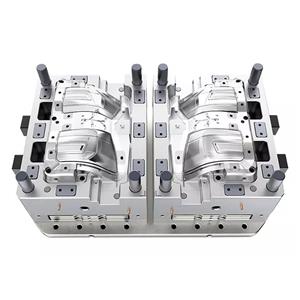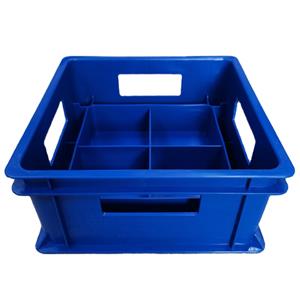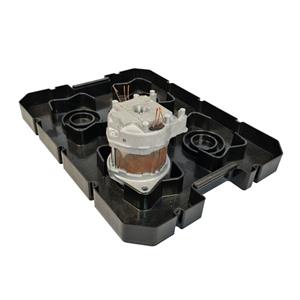Injection Molding vs. Thermoforming: What's the Difference?
There are two main processes used to make plastic molds: injection molding and thermoforming. Though similar, both techniques offer unique features and benefits, making each method ideal for specific applications.
Injection molding involves injecting molten liquid polymers into a mold at high temperatures and extreme pressure. Once the mold cools, the newly formed plastic parts are released. Thermoforming, on the other hand, involves heating thermoforming plastic sheets and forming them onto a mold’s surface.
Key Differences Between Injection Molding and Thermoforming
There are several key differences between plastic injection molding and thermoforming. First off, each process can handle different types of production volumes. Typically, plastic injection molding is used for large, high-volume production runs, while thermoforming is used for smaller production quantities. And whereas the injection molding process usually produces parts as finished pieces, thermoforming often requires secondary finishing processes to create the desired aesthetics.
Injection molding is ideal for creating smaller, more intricate and complex parts, as it can accommodate difficult geometries and tight tolerances — sometimes less than +/- .005, depending on the material used and the thickness of the part. Thermoforming, on the other hand, accommodates simpler geometries and larger tolerances, making it ideal for larger parts with more basic designs.
And finally, while injection molding can be used for a wide variety of plastics, thermoforming is more limited in terms of what types of materials can be worked — particularly when dealing with stronger materials.




